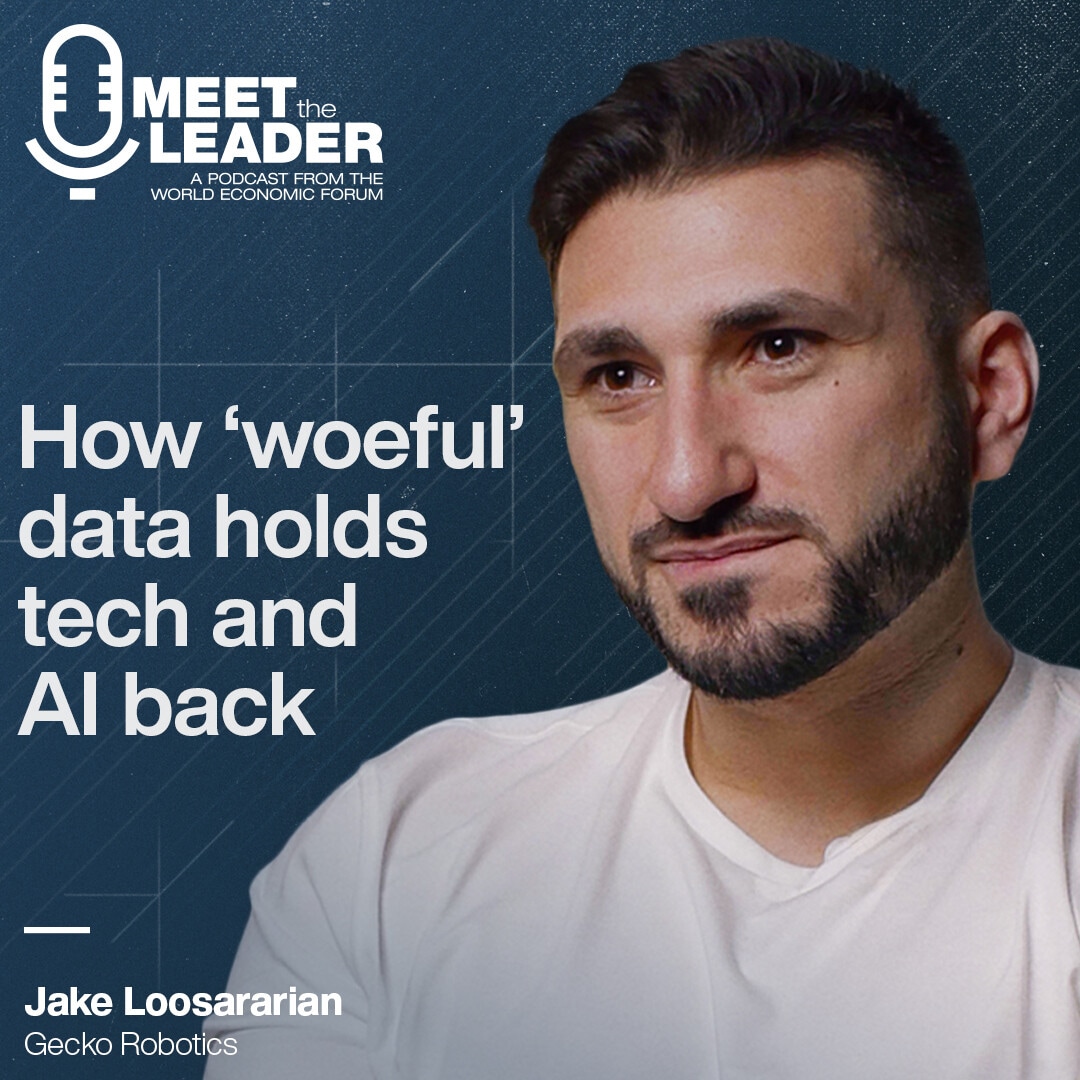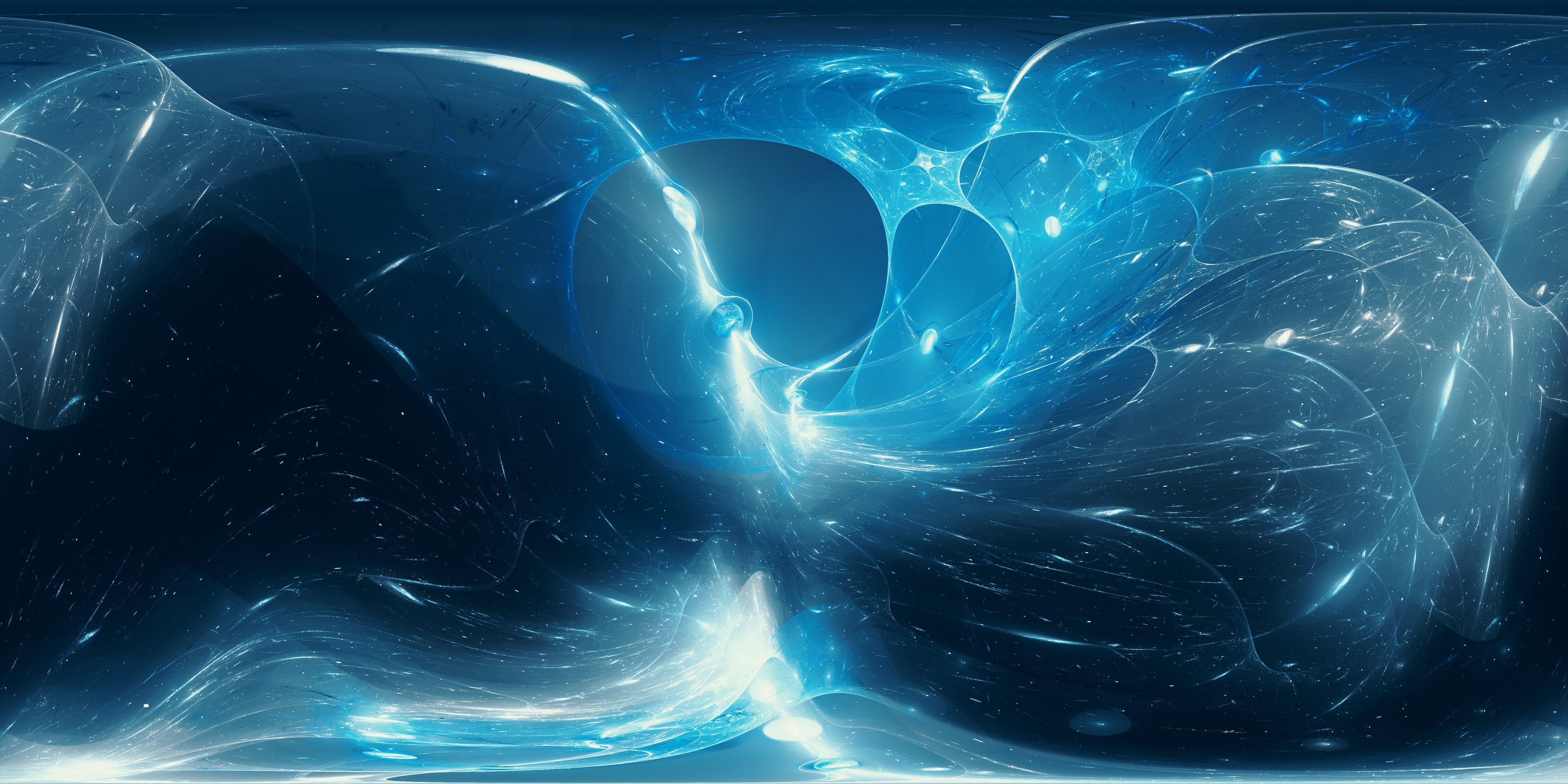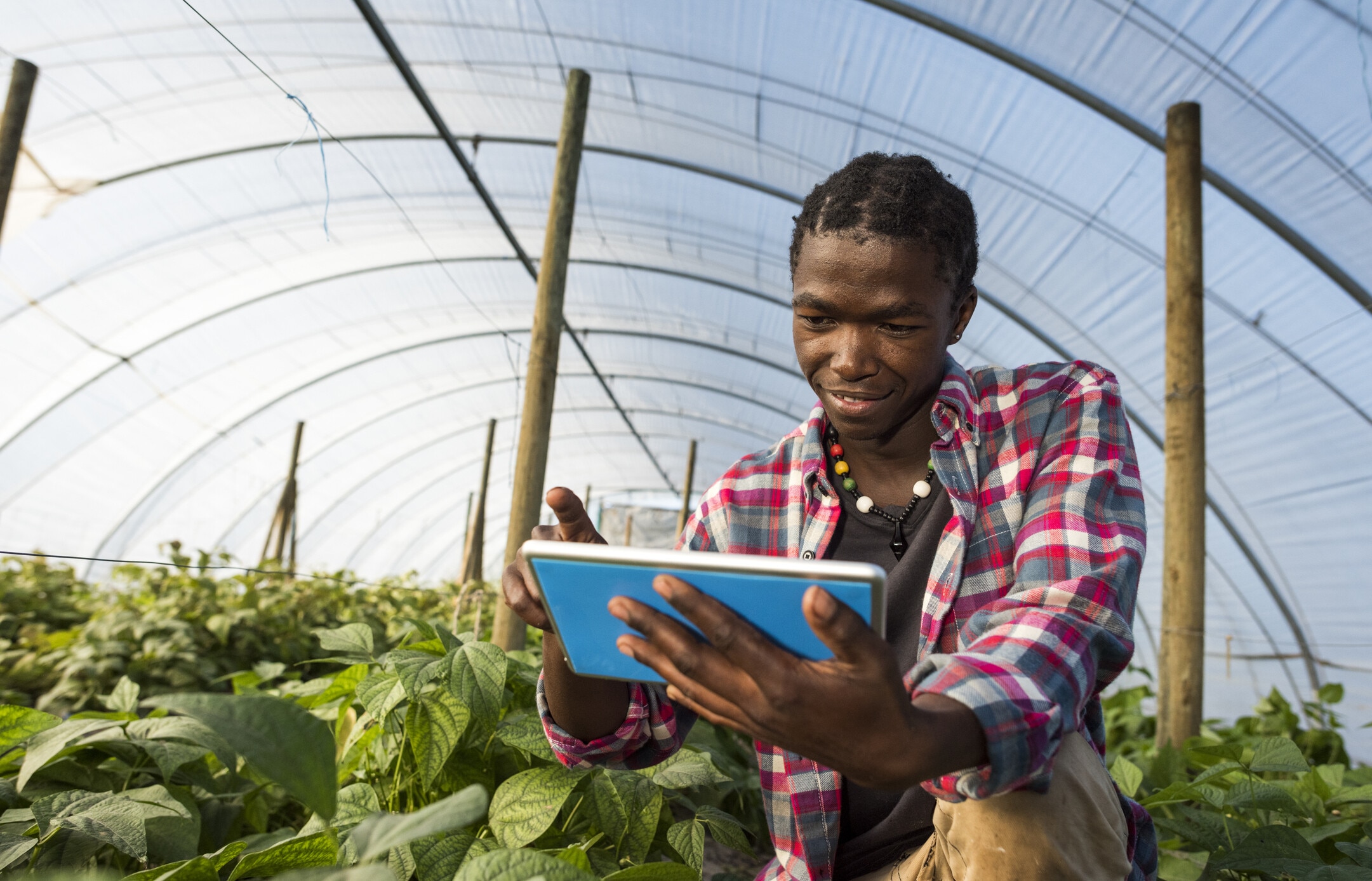These five algorithms worked together to beat humans at a video game

AI technology worked as a team, to beat humans. Image: REUTERS/Kai Pfaffenbach
On Monday, non-profit AI research company OpenAI published a blog post about OpenAI Five, a group of five neural networks designed to work as a team while playing the real-time computer strategy game called Dota 2. According to the post, OpenAI Five can now beat a team of five human amateur players at the game, albeit with specific restrictions placed on gameplay. In August, it will attempt to beat a team of professional Dota 2 players at The International (TI), an annual Dota 2 tournament hosted by the game’s developer, Valve Corporation.
Team algorithm
In Dota 2, two teams of five players battle to destroy the other team’s “Ancient,” a structure at the center of their base. Each player controls a different character, known as a “hero.” These heroes have their own abilities, strengths, and weaknesses, and a team’s ability to cooperate is key to its success. The developers assigned each OpenAI Five algorithm a specific hero, placing restrictions on the characters to account for areas of the game they hadn’t integrated.
Practice makes perfect
OpenAI Five trained first as individual algorithms in one-vs-one matches and then as a team by playing against itself and past versions of itself. As a team, it collected 180 years worth of experience during each day of training, eventually picking up on strategies typically used by professional Dota 2 players. None of the algorithms could communicate with one another — cooperation was simply one of each algorithm’s incentives. This cooperation continued when a human player replaced one of the algorithms.
The heroes we need
With OpenAI Five, we could be seeing a preview of the future of AI. In Dota 2, each algorithm has to choose between roughly 1,000 potential moves every one-eighth of a second — far more complex than a game like Go, in which an AI has to choose between 250 moves at a time. Algorithms usually don’t operate as teams, either, but this Dota 2 project shows they’re more than capable of cooperating with each other — and humans, too.
Don't miss any update on this topic
Create a free account and access your personalized content collection with our latest publications and analyses.
License and Republishing
World Economic Forum articles may be republished in accordance with the Creative Commons Attribution-NonCommercial-NoDerivatives 4.0 International Public License, and in accordance with our Terms of Use.
The views expressed in this article are those of the author alone and not the World Economic Forum.
Stay up to date:
Technological Transformation
Forum Stories newsletter
Bringing you weekly curated insights and analysis on the global issues that matter.
More on Emerging TechnologiesSee all
Jon Jacobson
August 14, 2025







